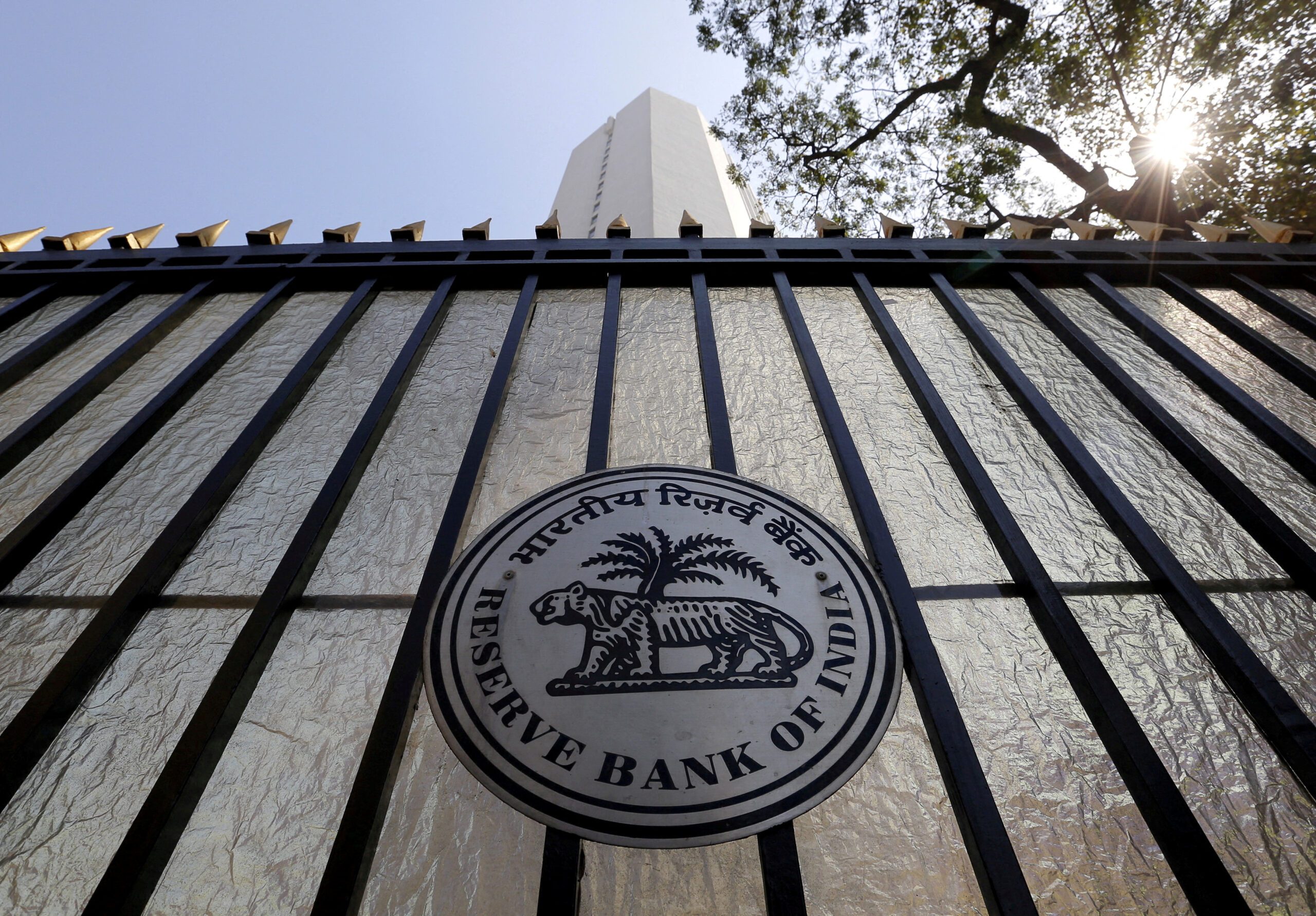SHANGHAI — China is preparing to launch real estate investment trusts to tap the nation’s vast investment market for the financing of highway and other infrastructure projects.
As local governments and state-owned enterprises struggle with growing debt burdens, Beijing is seeking to raise money from institutional and individual investors, funds it intends to put toward infrastructure. The plan is aimed at helping debt-ridden local administrations and state-run companies regain financial health.
China’s government hopes to expand the infrastructure REIT market to be worth 5 trillion yuan ($766 billion), but there are not enough infrastructure projects that promise stable and attractive returns for investors.
The China Securities Regulatory Commission has designated five projects for testing its REIT plan. They include a huge waste incinerator in Beijing, a highway in Guangdong Province and a sewage treatment plant in Shenzhen.
A senior CSRC official recently said in a lecture that nine more projects will be designated for the pilot REIT program, including distribution center, railway and industrial park projects.
Some quasi-REITs, mainly for institutional investors, have been around in China for some time, though they do not comply with the internationally recognized REIT format, in which the trust has full ownership of the assets and sells equity units to the public.
China is now launching the nation’s first real REITs, which individual investors can also buy into. The Shanghai Stock Exchange is working on rules for REIT trading, such as price limits on the first day of trading. The first infrastructure REITs could be listed by the end of this year.
Over 50 candidates have been listed for the initial REIT offerings, on both the Shanghai and Shenzhen markets.
Typically, a REIT owns income-producing commercial properties such as office buildings, houses and distribution centers that promise steady revenue flows. But Beijing’s ambitious REIT project will focus on infrastructure facilities for several reasons.
For one, highflying property prices in large Chinese cities like Beijing and Shanghai mean it is difficult to secure attractive returns on urban real estate investments. The relatively low liquidity of the Chinese real estate market, compared with those in the U.S. and Japan, is another factor that could hamper growth in REIT investment.
The principal goal of the REIT program is to help local governments raise funds for infrastructure investment.
In China, local governments, local government financing vehicles and SOEs have been playing the leading role in infrastructure development. LGFVs and SOEs raise funds with tacit loan guarantees by local governments. But it is becoming increasingly difficult to raise funds for infrastructure investment through this formula. The government clearly needs to raise money from a broad range of investors to finance infrastructure projects.
Debt on the balance sheets of LGFVs and SOEs, which could be viewed as hidden local government borrowing, at the end of 2019 reached 43 trillion yuan to 45 trillion yuan ($6.59 trillion to $6.89 trillion) and is certain to have grown in 2020, according to Wang Yuanhui, an analyst at China Chengxin Credit Rating Group.
According to central government data, official local government debt reached 26 trillion yuan at the end of February, up more than 20% from the end of 2019.
With the pandemic having further swelled local government liabilities, the total of official and hidden local government debt has probably topped 70 trillion yuan.
One sign of China’s debt woes is a flurry of defaults on big-ticket corporate bonds in the past year or so. In 2020, Chinese companies defaulted on more than 187 billion yuan of bonds, a record figure, with SOEs responsible for over 95 billion yuan of the total.
Headline-grabbing debt defaults by such major local companies as Yongcheng Coal & Electricity Holding Group of Henan Province and Huachen Automotive Group of Liaoning Province sent shock waves through the investor community.
The trend has continued well into 2021. During the first three months of the year, Chinese companies defaulted on 74 billion yuan worth of debt, with SOEs accounting for 48 billion yuan.
The REIT program also reflects the efforts of President Xi Jinping’s administration to reduce financial risks ahead of the Chinese Communist Party’s 20th National Party Congress, in 2022, which is expected to shake up the top echelon of Chinese politics.
Xu Xianping, a counselor of the State Council, the cabinet, recently said 4% of the over 130 trillion yuan of infrastructure investment could be packaged into REITs. That means REITs could become a 5 trillion-yuan market.
But there are problems that could hobble the market’s expansion.
One is a dearth of underlying assets with high and stable operating cash flow. In China, profitability is rarely a consideration in infrastructure investment. Many projects are actually losing money.
At the company that operates the high-speed railway between Beijing and Shanghai, profits in 2020 plunged 70%. The tumble was mostly due to the pandemic, but the company is also saddled with heavy costs beyond its control, including fees for services provided by government-affiliated businesses.
Another worry about the infrastructure REIT program is the potential vulnerability of management to political influencing. REITs might be forced to buy infrastructure facilities at unreasonably high prices from local governments and SOEs. They could also find it hard to raise prices for their assets due to government pressure.
A lack of governance transparency could also harm the REIT market, if the country’s stock market is any indication. This is the main issue behind a proliferation of insider trading in the country.
The Chinese government plans to open the infrastructure REIT market to overseas investors in the future by linking it to the Hong Kong market. But expanding the REIT market will require overcoming some tough challenges.

 China .jpg?width=1024&height=512&fit=cover&gravity=faces&source=nar-cms)





